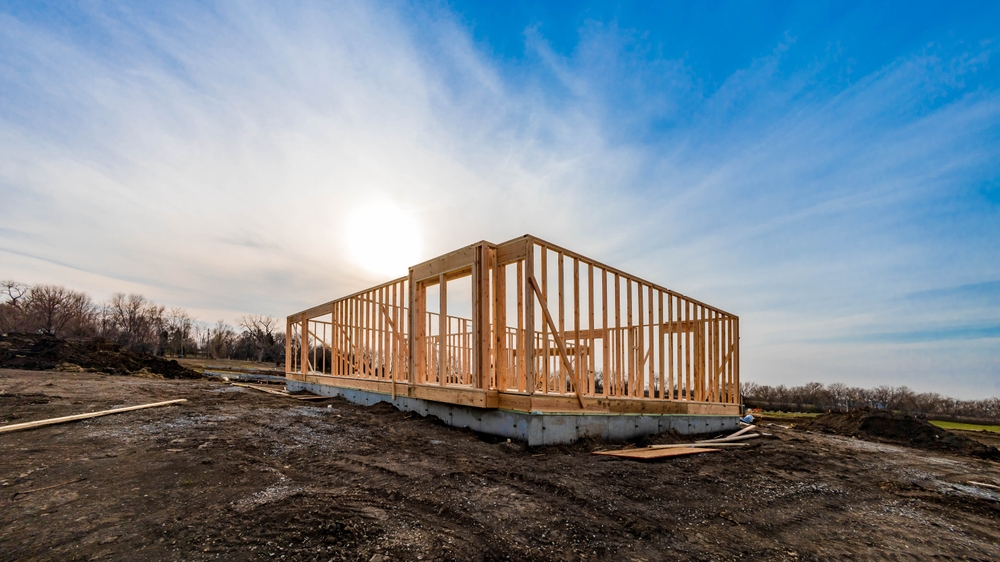A radical solution is taking root in the magnificent landscapes of the American West, where growing demand for housing collides with huge state-owned trust lands. States are looking for creative ways to repurpose these lands, which were originally earmarked to fund schools and local communities, to produce affordable homes as they battle with housing shortages.
Colorado takes the lead
Colorado, which is experiencing severe housing shortages, has set a trailblazing example. Recognizing the latent potential of trust lands, state authorities are championing efforts such as the conversion of a 3.5-acre plot owned by the State Land Board into 80 units of affordable housing. “Colorado has a lot of land that’s under state ownership… suitable for workforce housing development,” state Sen. Dylan Roberts notes, possibly yielding tens of thousands of units.
Are Western Trust lands untapped resources?
Trust lands cover approximately 40 million acres across 11 states and have historically been used for logging and mining. However, a shift in emphasis toward long-term revenue streams has prepared the way for a variety of enterprises, ranging from wind and solar farms to affordable housing projects. Stephanie Garcia Richard, the commissioner of public lands in New Mexico, emphasizes the importance of addressing community issues, saying, “We want to use state land to solve community problems and needs.”
Obstacles and restrictions
While the potential for affordable housing on trust lands is clear, there are numerous roadblocks. Lisa Schneider, executive director of the National Association of State Trust resources, points out the differences in how states use these resources. The checkerboard structure of trust lands, which are often unsuitable for development, and state land agencies lacking the expertise to conduct development themselves are among the challenges.
State initiatives for affordable housing
Colorado Governor Jared Polis launched a systematic survey of state-owned land to find sites suitable for affordable housing. Kristin Kemp of the State Land Board emphasized the collaborative aspect of these efforts, saying, “In instances where [trust land] is suitable for affordable housing, it can work really well and essentially be a win-win.” Public-private collaborations, such as Sen. Roberts’ $13 million bill, demonstrate the potential for effective collaboration.
Washington’s infrastructure improvement plan
The Washington Department of Natural Resources is asking lawmakers for $3 million to improve infrastructure on trust lands, making them more appealing for affordable home development. With 7,000 acres of “transition lands,” the agency hopes to connect properties to power, water, sewage, and roads. While acknowledging the learning curve, department spokeswoman Kenny Ocker underlines the department’s commitment to making trust lands a viable choice for affordable housing.
Balancing community concerns with conservation goals
States that are handling these efforts recognize the difficult balance that is required to satisfy community concerns. The Utah School and Institutional Trust Lands Administration‘s Aaron Langston highlights their commitment to optimizing revenue for beneficiaries. Some states, however, such as Colorado, New Mexico, and Washington, assert constitutional flexibility, allowing them to consider elements such as habitat, recreation, and community needs in trust property management.
As Western governments pioneer answers to their housing issues, trust lands appear to be a potential route. While obstacles remain, the effort to combine revenue creation with community needs demonstrates a commitment to building long-term, low-cost housing options. These programs envision a future in which trust lands play a critical role in cultivating thriving communities across the American West.











